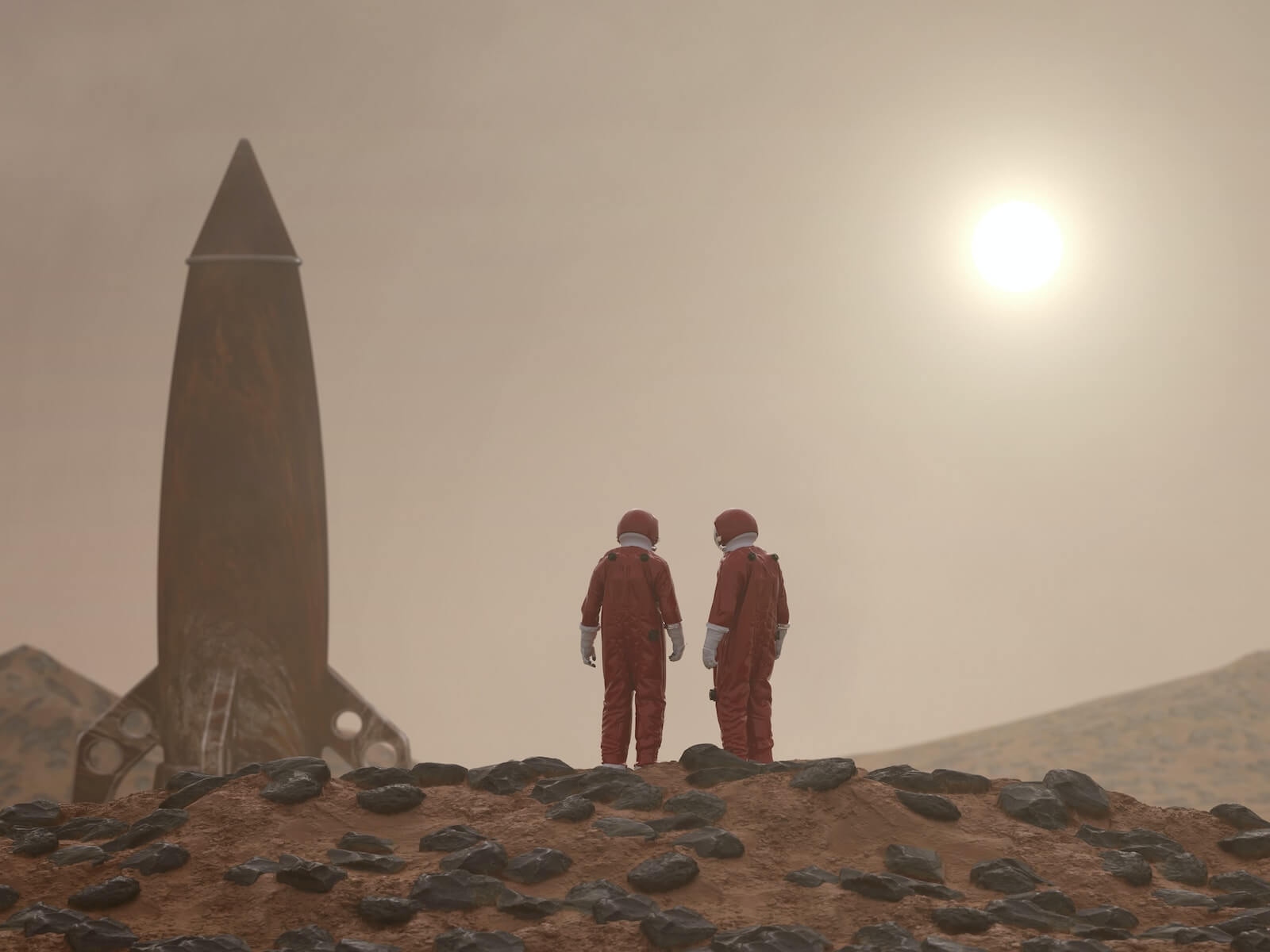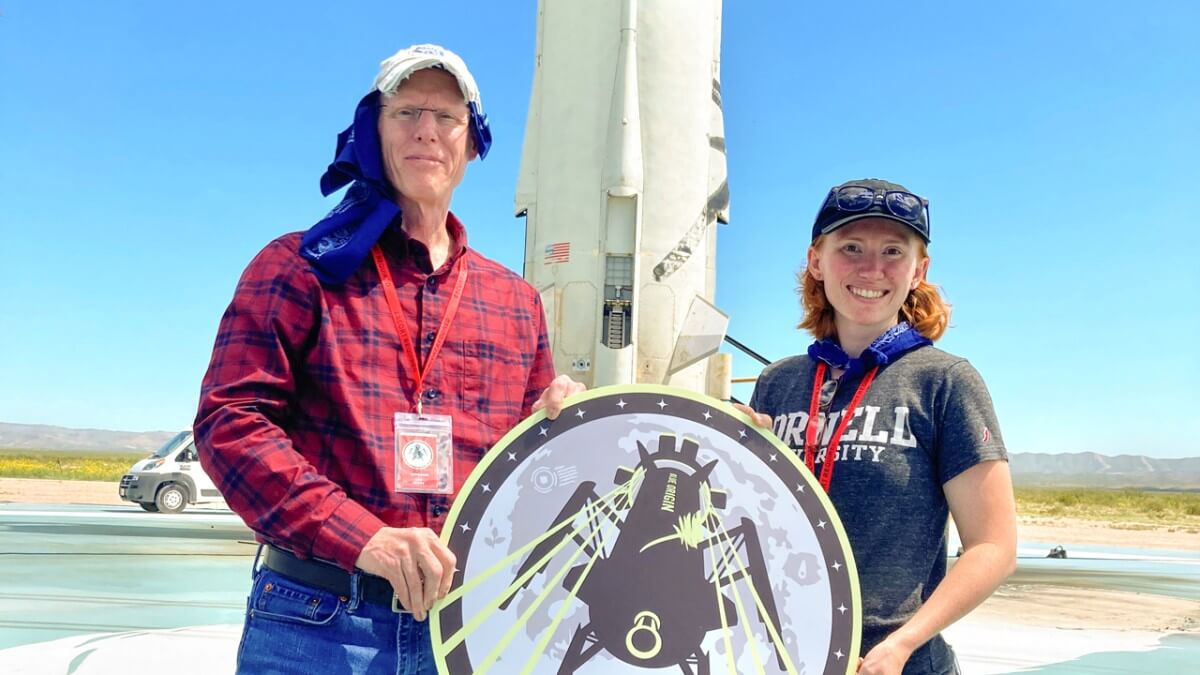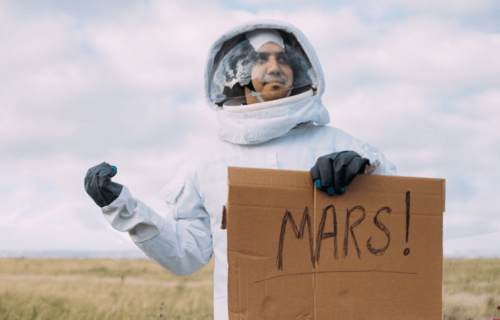ITHACA, N.Y. — Humanity’s future is among the stars, at least according to countless works of science fiction and a few modern-day billionaires. However, can mankind really live long and prosper way out in the deep depths of outer space? A new theory by a team at Cornell University details just how difficult it will be for humans to find another home, describing the complexity of maintaining gravity and oxygen, obtaining water, developing agriculture, and handling waste away from Earth.
Called the Pancosmorio theory, a term coined to mean “all world limit,” the new report examines the long-term physical needs of humans living in deep space for an extended period.
“For humans to sustain themselves and all of their technology, infrastructure and society in space, they need a self-restoring, Earth-like, natural ecosystem to back them up,” says co-author Morgan Irons, a doctoral student conducting research with Johannes Lehmann, the Liberty Hyde Bailey Professor in the School of Integrative Plant Science, College of Agriculture and Life Sciences, in a university release.
Her work focuses on soil organic carbon persistence under Earth’s gravity and varying gravity conditions.
“Without these kinds of systems, the mission fails,” Irons explains.

To start, gravity is going to be key
All life on Earth, of course, requires gravity to function properly, says co-author Lee Irons, Morgan Irons’ father and executive director of the Norfolk Institute, a group that aims to solve problems of human resilience on Earth and in space.
“Gravity induces a gradient in the fluid pressure within the body of the living thing to which the autonomic functions of the life form are attuned,” Mr. Irons explains. “An example of gravity imbalance would be the negative affect on the eyesight of humans in Earth orbit, where they don’t experience the weight necessary to induce the pressure gradient.”
Earlier, the father-daughter duo crafted the idea of a terraform sustainability assessment framework.
“Until now, there were no hard numbers for equations to quantifiably establish something is sustainable,” Morgan Irons notes.

Through the use of physics, ecological thermodynamics, and abductive reasoning, the Irons family recommends that mankind should recreate the same evolutionary, ecological networks that makes Earth successful. Morgan Irons adds it would be unwise to spend billions of dollars constructing a space settlement only to see it fail. Even with all other systems in place, gravity will still be absolutely essential. Humans, along with everything else alive on our planet, have evolved within the context of 1G of gravity.
“Our bodies, our natural ecosystems, all the energy movement and the way we utilize energy is all fundamentally based upon 1G of gravity being present,” Morgan Irons comments. “There is just no other place in space where there is 1G of gravity; that just doesn’t exist anywhere else in our solar system. That’s one of the first problems we must solve.”
Another major consideration is oxygen
Earth’s ecosystem generates oxygen for humans and other life forms. However, if a technologically advanced primary and a back-up system failed to provide oxygen to a moon base, for example, it would spell instant doom for astronauts.
“A reserve exists everywhere in Earth’s nature,” Lee Irons says. “Think of the hundreds of thousands of species of plants that generate oxygen. That’s the kind of system reserve we need to replicate to be truly sustainable.”
The ecological system of an outer space outpost would also require an enormous amount of energy from the sun.
“You’ll need a lot of energy,” Lee Irons concludes. “Otherwise powering the ecological system of an outpost will be like trying to run your car on a cell phone battery or probably even worse, trying to run your entire house and household on a cell phone battery.”
The study is published in the journal Frontiers in Astronomy and Space Sciences.


Unmentioned but also REQUIRED: a source for drinking water. Mars is uninhabitable because the AVERAGE temperature year round is 56 degrees below zero. Man cannot sustain long, if at all, at 56 below. I would like to see our tax dollars cease being wasted on going to Mars.